Racism in American Education
December 21, 2020
Some people believe that America has left racism in its past. That while there may be racist people in the country, the country itself no longer implements a racist system. This belief is false. The countrywide protests in the wake of George Floyd’s death have served as a wake-up call to many Americans that were previously blind to the systemic racism present in many different aspects of America, and perhaps most importantly, in education. Many of the policies and practices that led to systemic racism in education were made to discriminate against black people, and so they have the biggest impact on them, but all of these issues affect other people of color as well.
Education in America has always been available for upper-class white people first, and everybody else second. The country has gone to great lengths to bar access to education from black people, starting with flat-out not allowing slaves to seek an education passed religious teachings. Following that was the Jim Crow era racially segregated schools, which provided a far worse education to black children than white children. Free public education is federally funded, and the government severely underfunded black schools at the expense of the quality of their education. People living in districts that have poorly funded schools continue to be at a disadvantage when it comes to their education because the school is unable to attain all of the resources they need or fund beneficial programs. According to the US Partnership on Mobility From Poverty, due to residential segregation, low-income black people are much more likely to live in a high-poverty neighborhood than low-income white people. This is in large part because of redlining.
Redlining came in the wake of the Great Depression. In the 1930s, the federal government established the Home Owners Loan Corporation, and they would give neighborhoods a “grade” describing the safety of loaning to the people there (NPR: Interactive Redlining Map). Places where it was deemed unsafe to insure mortgages were marked in red, and they were often marked that way because black people lived there. As a result, they were kept from obtaining homeownership, one of the most accessible ways for Americans to build their wealth. The neighborhoods that got redlined were deemed as “undesirable” and became areas of concentrated poverty. This, coupled with the Federal Housing Agency paying developers to build subdivisions with the stipulation that they do not sell them to African-Americans, effectively created segregated housing. Although redlining based on race is illegal today, because of the low mobility in America it has had a long-lasting impact.
A large portion of funding for public schools comes from local property taxes. This means that poor neighborhoods have less funding for their schools than wealthy ones, which directly affects the quality of education received. Because of policies that forced minorities into housing with lower property values, they are disproportionately affected by the quality disparities in public education. Inequalities because of wealth add to the problems of an already flawed education system. Poor education is an issue in and of itself, but it can lead to a more cyclical problem. A student that goes to a school that is not well-equipped and doesn’t develop necessary skills may harm their chances of graduating or getting into a good college, not getting into a good college may harm their chances of developing their career, and without a well-paying job, they can’t afford to move into a district with better public education. The system works in a way that puts low-income individuals at a fundamental disadvantage when it comes to education.
It doesn’t end with where the student lives and what school they go to; in all schools, the people who work there hold implicit racial biases, as the Seattle Times explains in their article “To understand structural racism, look to our schools.” Teachers end up not giving some kids the same opportunities to grow because of their subconscious racism. When black students have white teachers, they are less likely to be recommended for gifted programs, more likely to be suspended or expelled, and the teachers have lower expectations for them. Eighty percent of teachers are white (Education Week). Seeing all of these things can make a student discouraged and doubtful of their abilities and intelligence, making them less likely to push themselves further in the future. At school, minority students face blatant racism from their peers and may feel that they lack administrational support because they see staff made up of white people who don’t understand what it is they go through. Students that feel like they don’t have the support of their teachers are less likely to graduate. Additionally, the lack of representation can discourage minorities from pursuing teaching as a career because they don’t see themselves there, which makes it so future students continue to not see people like themselves as teachers growing up.
Racism in education appears not only where and how we teach, but it’s present in what we teach. Schools all over the country teach a whitewashed history that downplays horrific tragedies and erases minority achievements. There are no national academic curriculum standards for social studies, and many teachers use outdated history textbooks that only talk about slavery as a means to explain the Civil War and grossly understate its severity. The fact that many of America’s Founding Fathers owned slaves is briefly mentioned, if at all, and we are told that George Washington made his dentures from wood instead of the teeth of slaves. Many people do not know that forced labor as a punishment for crime, a method to keep black people enslaved after slavery was “abolished,” is still legal and utilized today in our prison systems. We are taught about Martin Luther King Jr. and not about Malcolm X. We do not learn about Frederick Douglass running for Vice President, Claudette Colvin, or Waverly Woodson. We do not learn about Operation Wetback, Dolores Huerta, or the Young Lords. This blatant erasure of history pushes the eurocentric narrative that America continues to teach.
People who claim that racism is the problem of a bygone era are ignorant of the struggles of people of color today. The reality is that racism is entrenched in American society and policy. Sadly, one of the places that most clearly shows how systemic racism functions in our country is in education. Schools are a microcosm of society, and by looking at how minorities are placed at a systemic disadvantage there, people are able to see how it works on a larger scale. America is supposedly a symbol of freedom, and the American Dream is founded on the idea that everybody has economic and social mobility, but this will never be true until we create an equitable system that gives everybody the same opportunities.











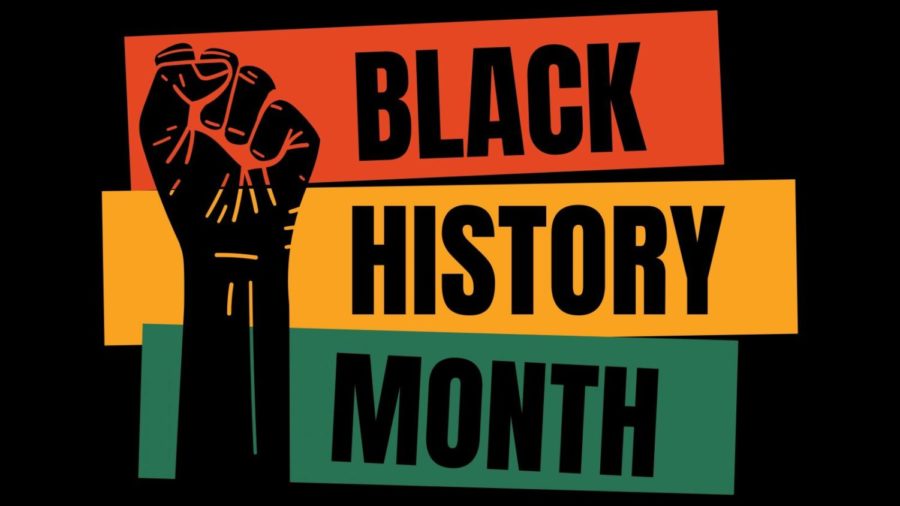

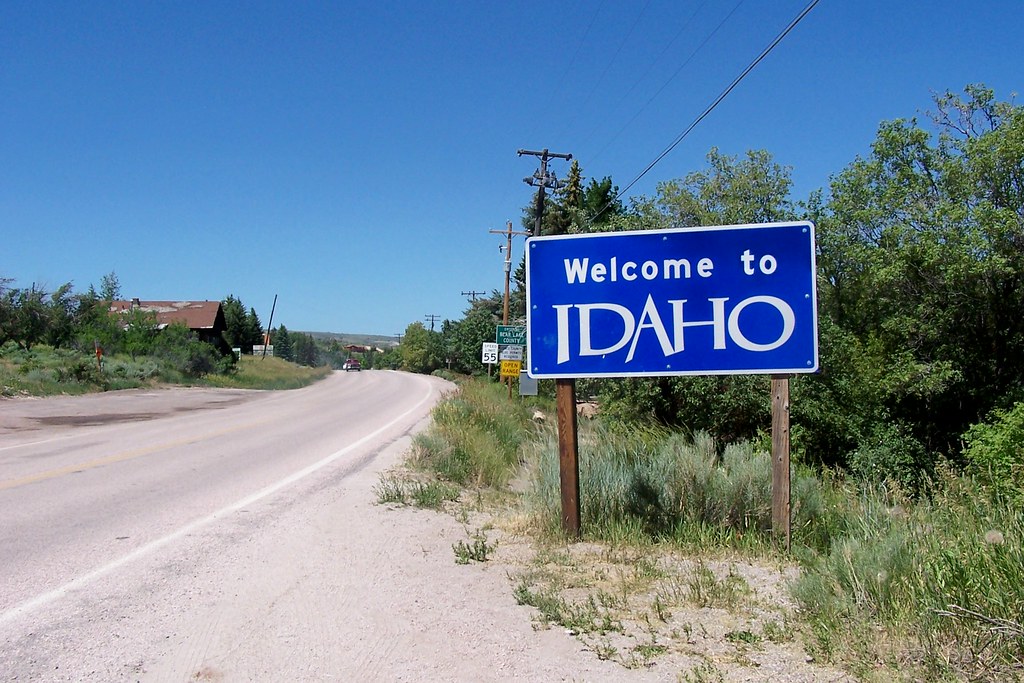

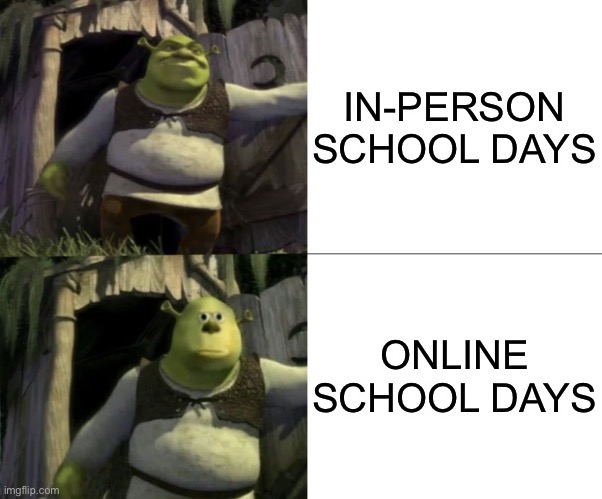

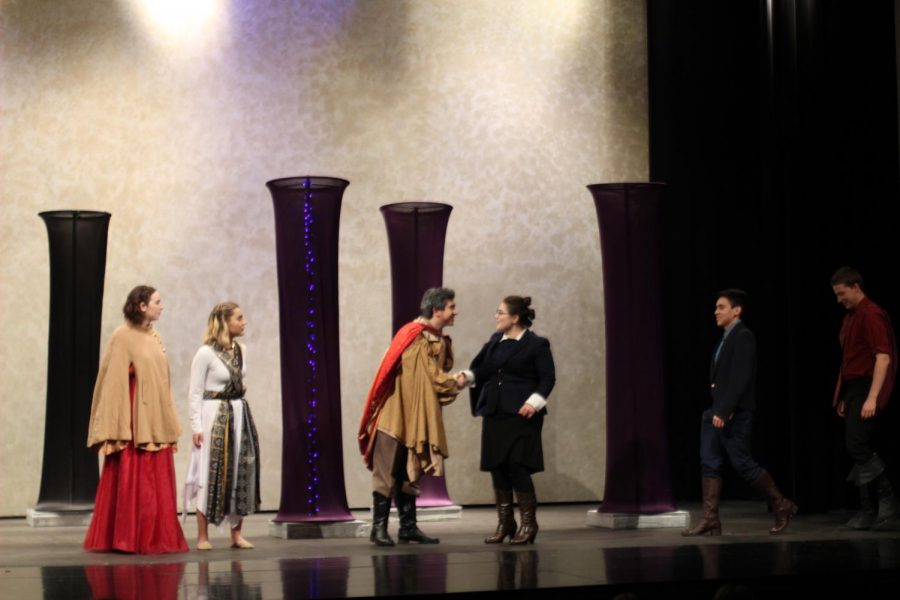
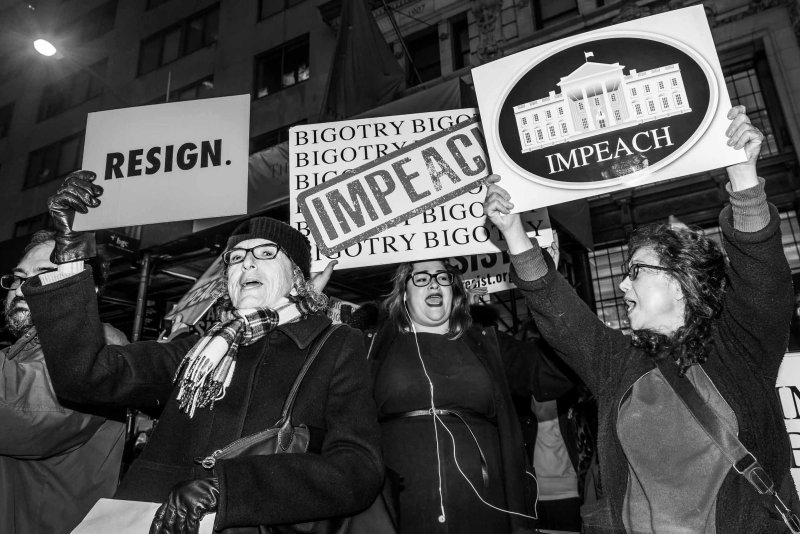







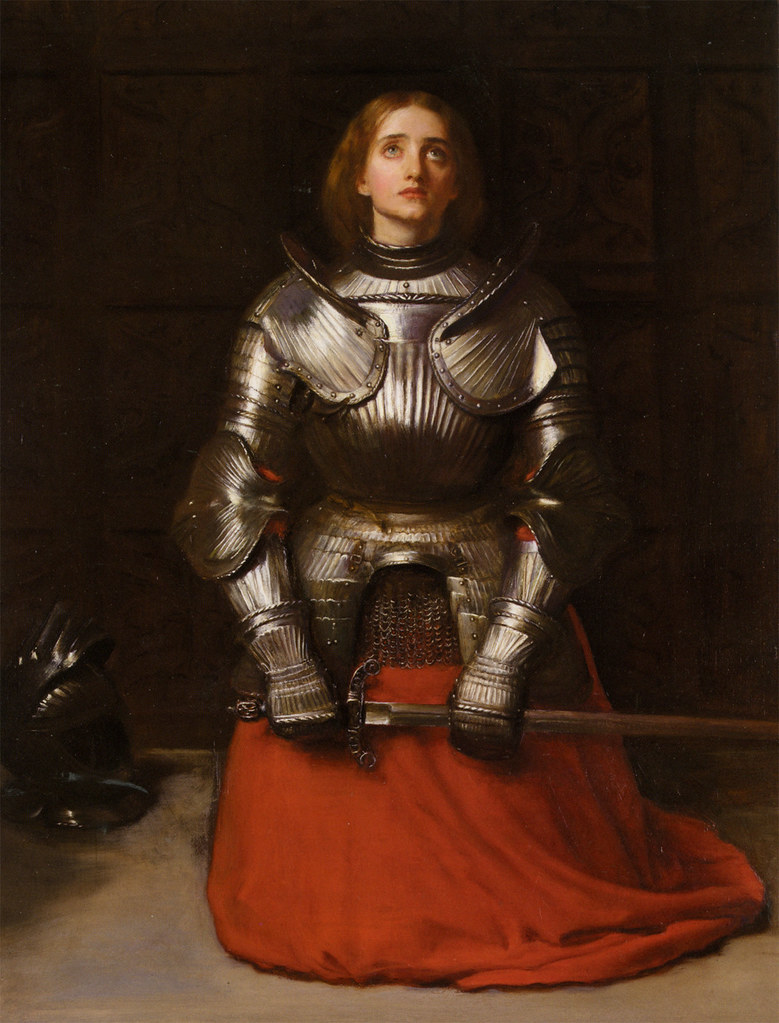

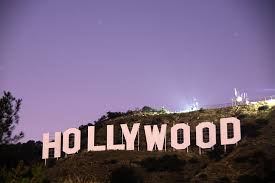



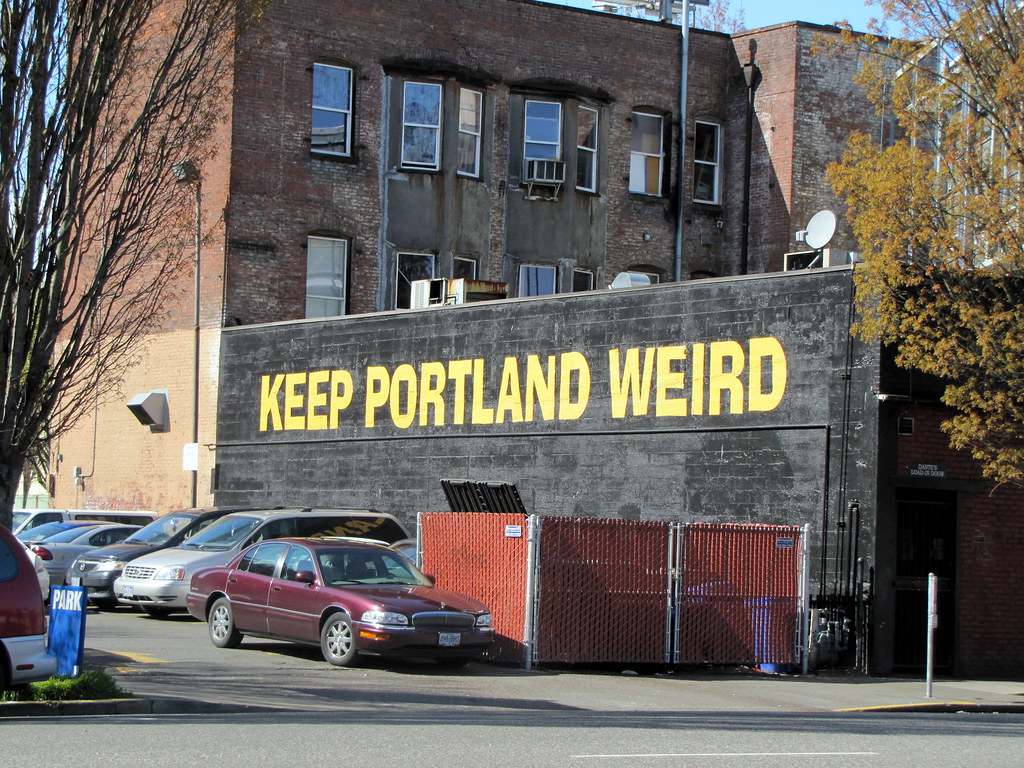

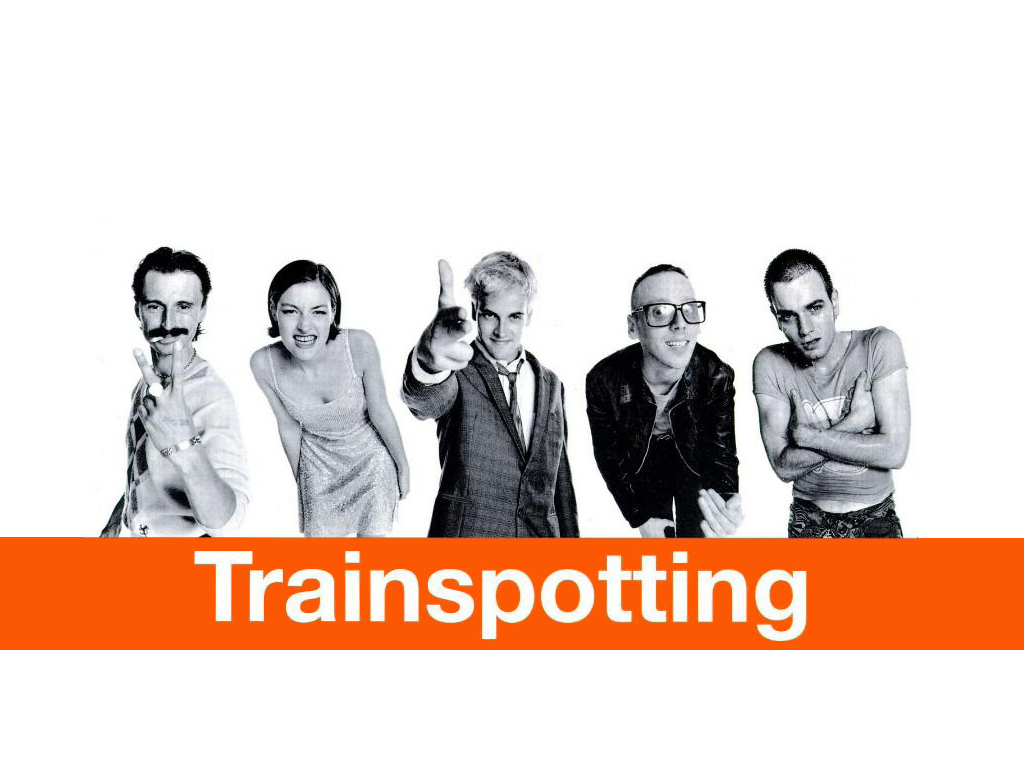












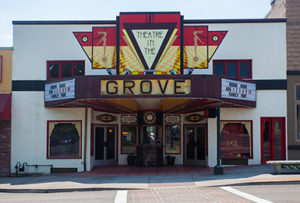






























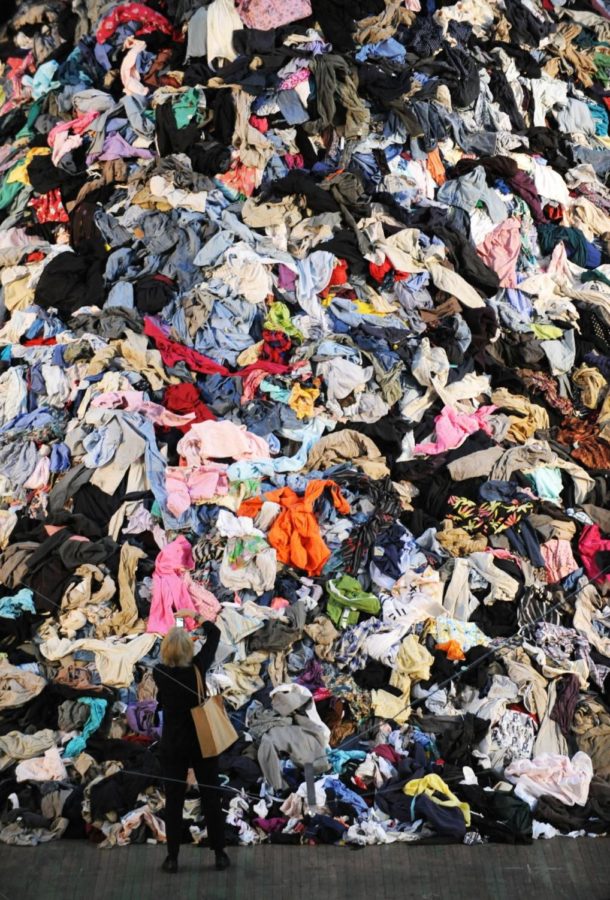










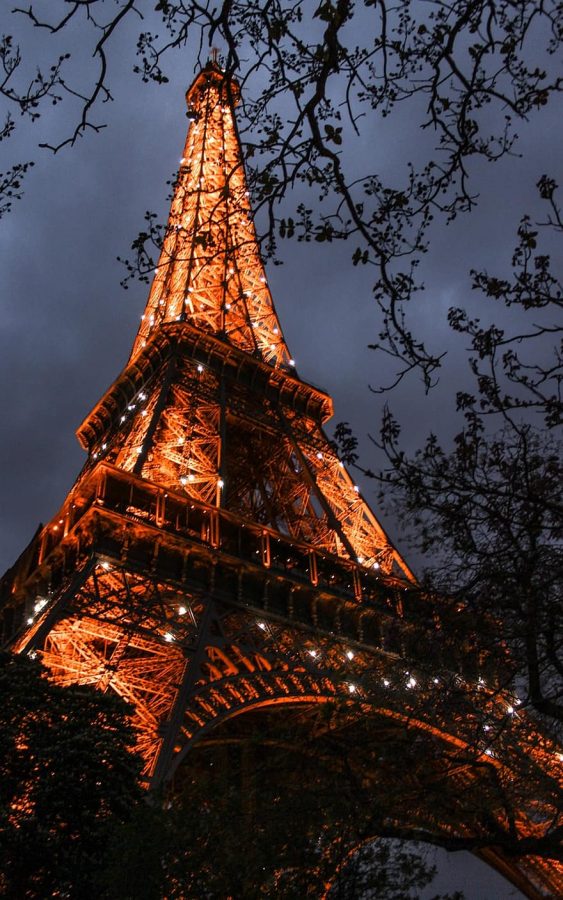
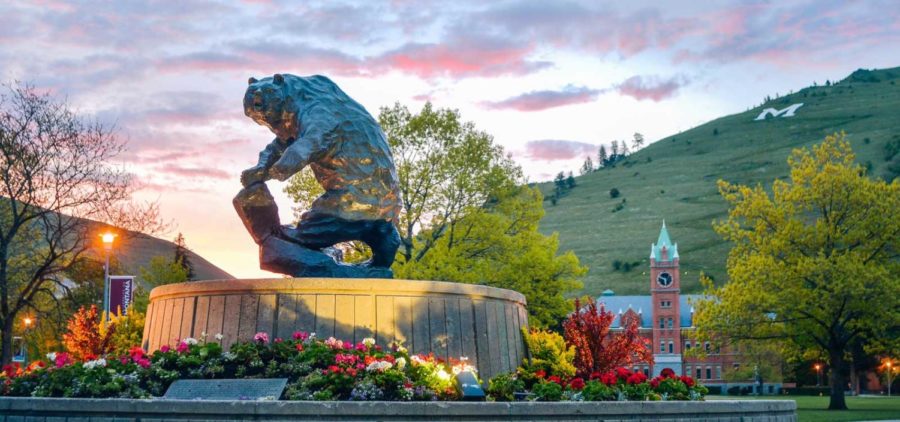










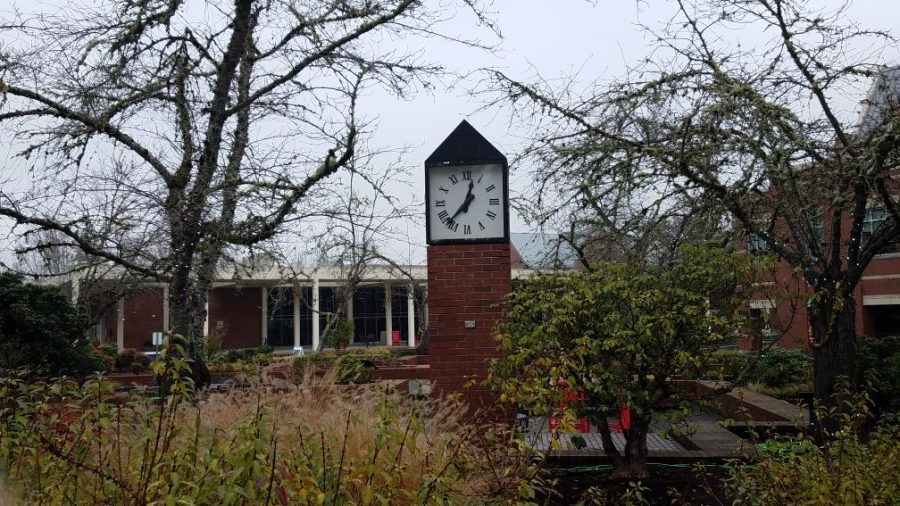



















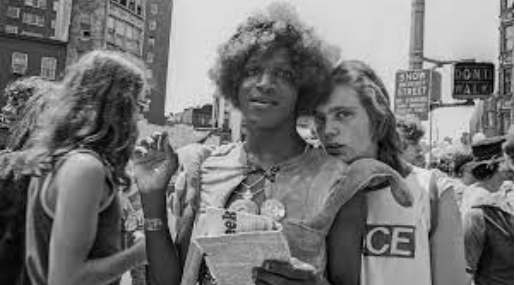
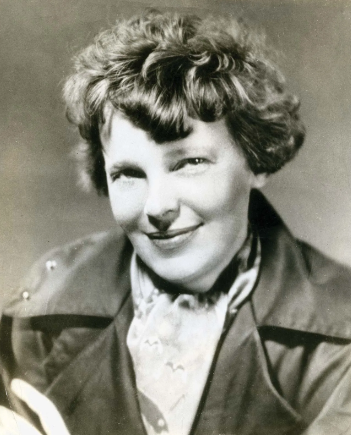

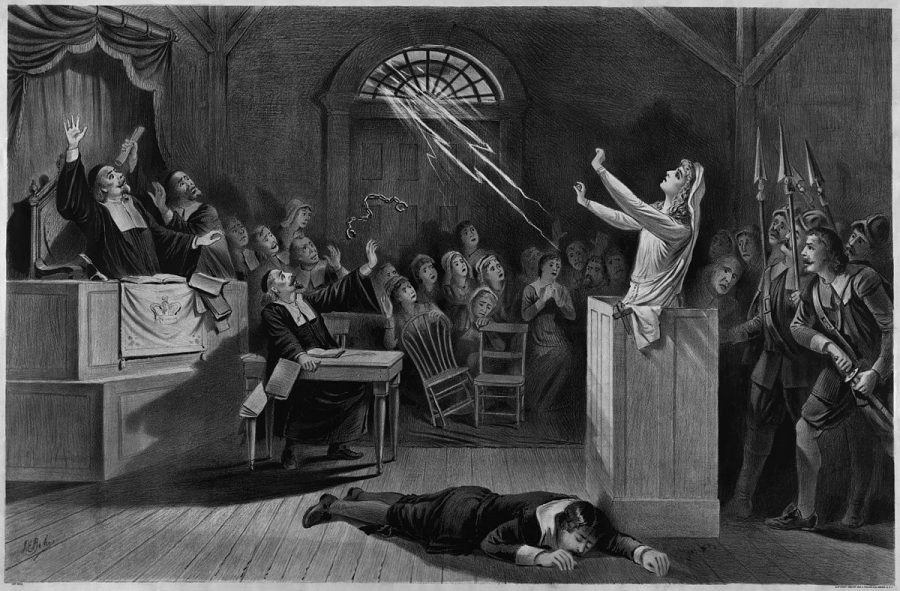
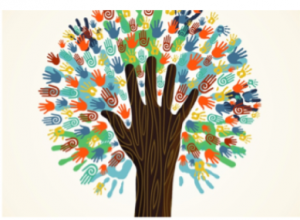































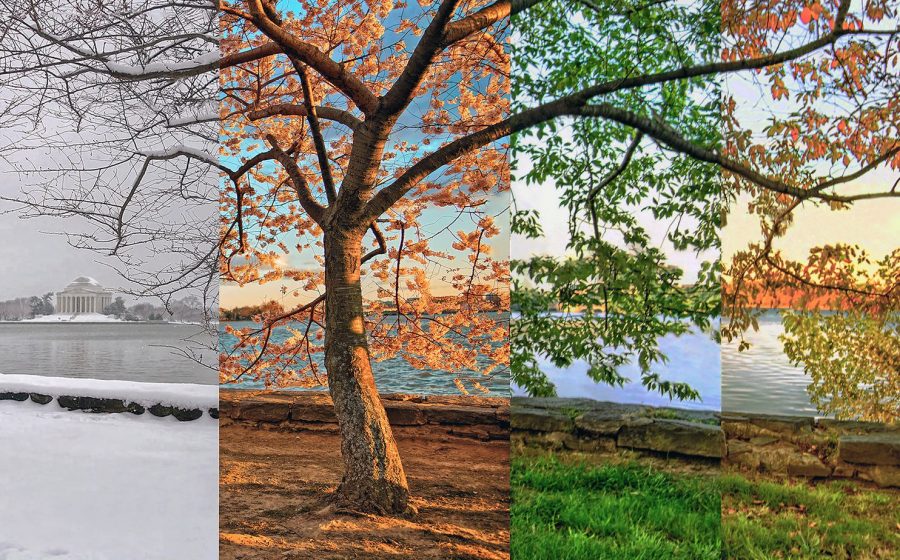







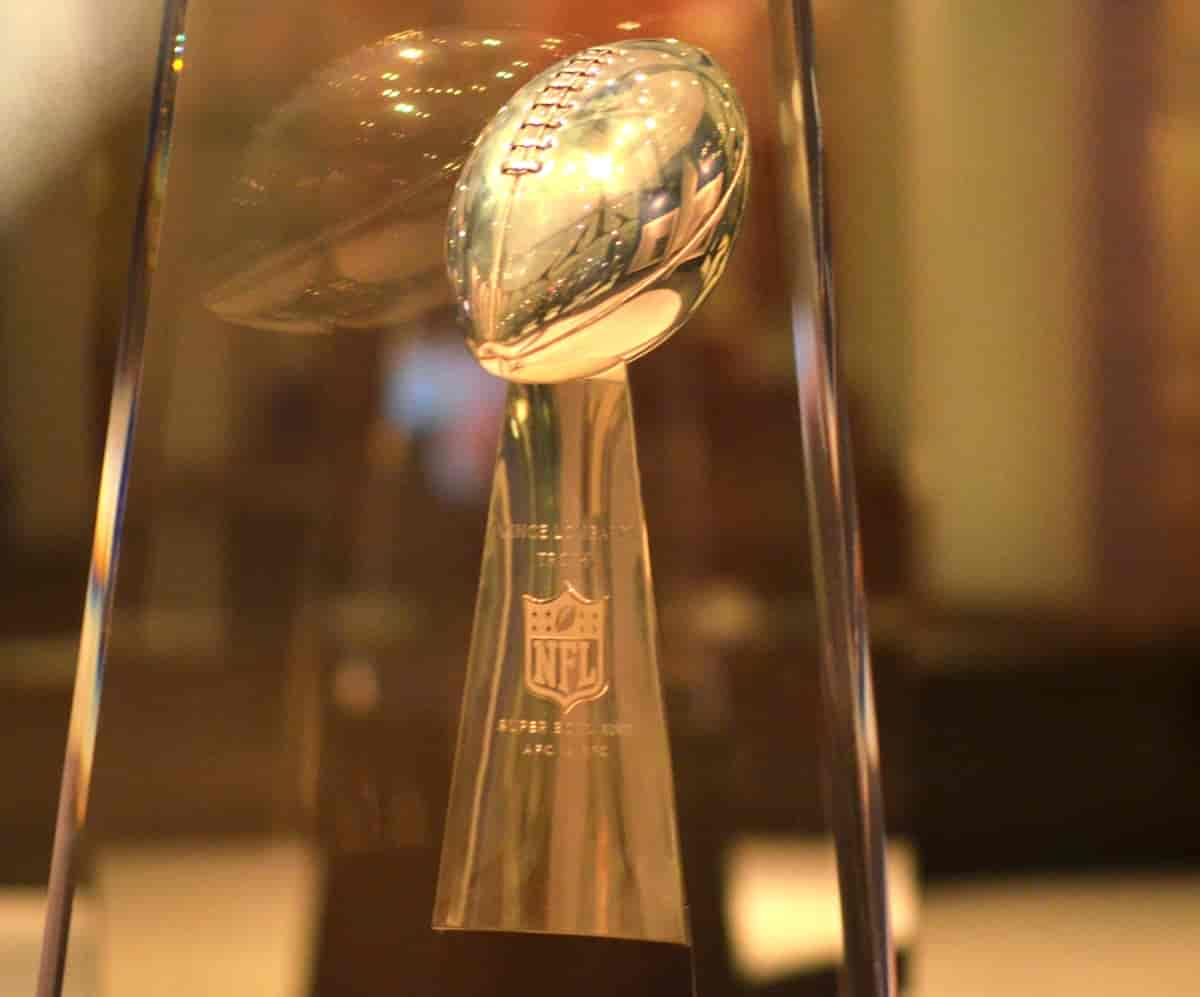














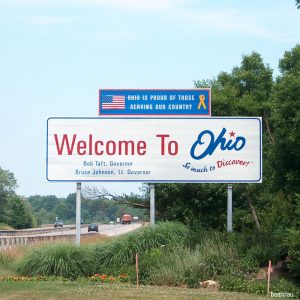










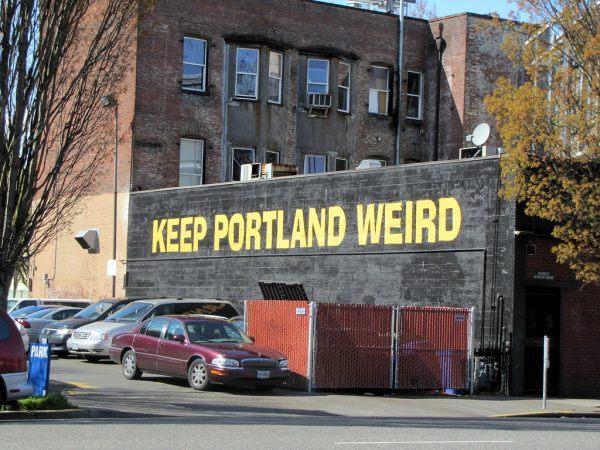
Brianna • Jan 19, 2021 at 10:25 am
I loved your article. This is such an important topic that needs to be talked about more often.
Tabitha Fitzgerald • Jan 5, 2021 at 10:41 am
Great article! Thank you for bringing attention to the fact that systemic racism is still so ingrained in our education system. It’s incredibly important to discuss this drastic inequality especially in an area of our society that is so crucial. I look forward to reading more of your articles, your articles have a great flow and raise such important questions.